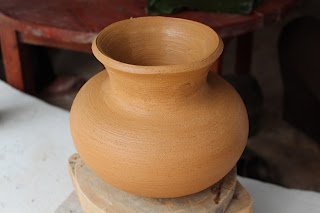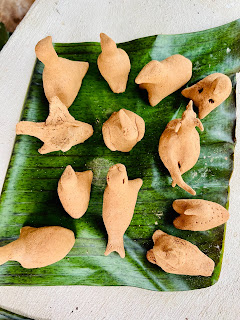We’ve been busy the past few weeks!
Our students have participated in various activities during their time with their host families and other members of the community.
They were able to visit a milpa, or a traditional agricultural plot, where Don Francisco and Don Natividad, our wise guides, explained the long term rotational process of the milpa as well as the challenges this traditional form of agriculture faces today.
The effort and hard work that it takes to care for and harvest the milpa was clear to us, as was the reward of being able to enjoy the benefits of such work, like having hot tortillas on the table, pozole (a thick beverage made from dissolving fresh ground corn masa into water, shown below) to recoup energy after working under the strong sun and atole to give you a good start in the mornings.
We were also able to learn some Mayan epigraphy along with kids and young adults in the community. We learned about the different forms of organization in the ancient language and we even deciphered a few glyphs with everyone’s help.
We traveled to the community of Uayma, where the family of potters headed by Don Emilio welcomed us with wide smiles and their excitement to share their techniques with us. We learned about the different materials that are harvested locally and mixed to make the clay, and how unlucky winds can affect the quality and integrity of the finished products. We saw the patience that is needed throughout the process of working with clay, as well as the satisfaction that comes with making art and sharing it with others.
Virgilio taught us how to make zoomorphic whistles and ocarinas from clay, and each student was able to create their own. Together, the group made a beautiful collection of real and imagined characters.
We continue on our journey, learning from the people and communities that we visit, and sharing some of ourselves along the way.
















